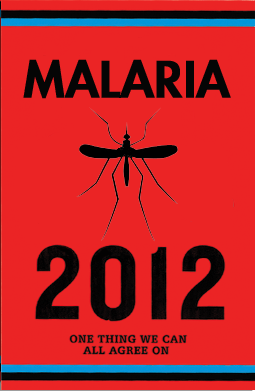This is a guest post from John Beale, VillageReach’s Director, Strategic Development & Group Lead, Social Business Group.
VillageReach has been reviewed by GiveWell since mid-2009, and was recommended as its #1 recommendation for two years, until November 2011. In providing this updated review of our work in Mozambique, we see a need to explain the context for what we do.
Two key principles define the organization:
- our mission is to save lives and improve health by increasing access to quality healthcare for remote, underserved communities; and
- an emphasis on measurement, results and transparency in reporting its plans, challenges, failures and results.
The organization was established in 2000, and for years directed all of its efforts at a demonstration project in Mozambique. During the past three years, the scope and scale of VillageReach has increased dramatically: we are engaged in numerous new projects supported by our donors, foundations, USAID and other international development organizations. All of this additional work to improve health systems was borne out of the initial experience we gained in working on the initial Mozambique demonstration project.
Our interest in transparency is common to many of our donors and core to GiveWell’s mission. In our case, we see the need for new approaches to improving health systems in low-income countries that can yield greater impact at lower cost. Our focus is to strengthen existing health systems through improvements in health system capacity (supply chain, management and personnel training), information technology (to improve the quality of data reported from the field) and the creation of social businesses (that create shared infrastructure to improve transportation, energy supply and communications for rural health facilities and surrounding communities).
We focus on the last mile of the health system, where a lack of human resource capacity and infrastructure can limit the ability of the system to serve its communities. Instead of looking top-down, we see greater improvements being made possible by looking bottom-up. To highlight the benefits of this approach, it is clear to us that we must be objective in publicly documenting both the challenges and successes the approach records, and to draw attention to the need to allocate more global health resources to improving access to healthcare.
There are naturally risks in trying new approaches in search of significant rewards. We accept that there are risks and that we will not succeed all the time; but, we believe that through taking chances, sometimes making mistakes, learning and adjusting, we will achieve results for communities whose basic need for healthcare have been left unmet for too long. We believe many of our supporters share our vision.
For the Mozambique expansion, we tested the sustainability of the system with a new approach under which local governmental health authorities assume responsibility to operate and fund the distribution system. What we found, is that when government funding is erratic, the vaccines are not distributed. As a result, the availability and quality of healthcare becomes erratic, and ultimately the communities we seek to serve suffer. We evaluated the program, saw that there were too many months when vaccines were not getting distributed adequately, and quickly decided to intervene to achieve our primary goal. Because improving health outcomes is a higher priority for us than sustainability, we have agreed – at the cost of about $25,000 per province per year – to step in to fill gaps in government funding when necessary to ensure the distributions occur on a regular basis as we develop new approaches that can smooth the government’s funding streams. This sort of adaptation is important to achieving results, and since this change we’ve seen the vaccine distributions happening every month.
It’s also in our best interests to expose the challenges in what we are attempting to do as much as the successes. We’re looking for system change in global health: our effort is to lead by example and document the results. This system change perspective hasn’t been covered by GiveWell because the focus is more purely on transparency and measureable success.
VillageReach’s view is there is a lot of innovation in global health but insufficient effort to ensure the innovations reach the underserved. We’re engaged in improving health systems in order to save lives, but the broader goal is to see governments and other organizations doing this type of work because the need extends well beyond VillageReach’s modest resources. Some contributors clearly prefer to support only organizations they deem to be successful, but many of our supporters are interested in our approach because we’re trying to achieve something that’s difficult and unpredictable, but still worthy and representing a needed change.
We will continue to work to reach the underserved, documenting what worked, as well as what didn’t.
John Beale
Director, Strategic Development &
Group Lead, Social Business Group

